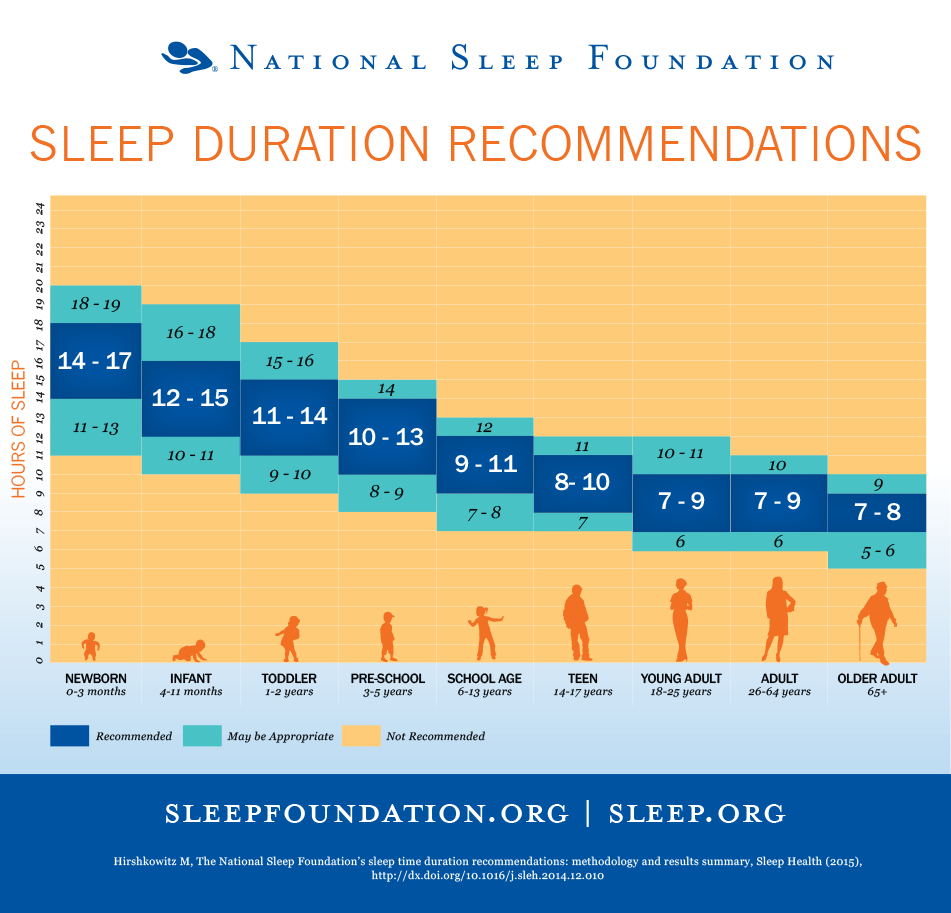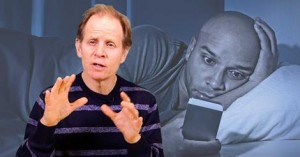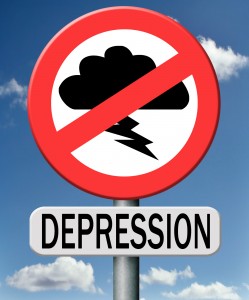Client or patient?
I remember the question coming up in graduate school regarding the most appropriate term to use to describe the relationship with the people who come to us, the community of mental health providers, for service. The word patient was quickly dismissed as it brought to mind someone who is sick and wanting to be healed, as in a physician/patient relationship, where the physician has all the answers and the patient trusts and relies on that. Most mental health providers, myself included, shy away from the notion that we “fix” people. Rather, we like to see ourselves as forming collaborative relationships with people to help guide them toward their own senses of wellness. The term client seemed more appropriate as describing more of a customer-type relationship, someone who is seeking the services of a professional. Attorneys have clients. Hair stylists have clients. Financial advisors have clients.
At a recent professional conference, the topic came up, again. The speaker asked the room of 300 mental health practitioners, “What word do you use to refer to the people who seek your services?” Most yelled out, “Client.” I don’t think I heard anyone say, “Patient.” The speaker asked us to consider the Latin roots of each of the words.
From the National Institutes of Health:
“Whereas patiens simply denotes someone who is suffering, cliens is derived from the alteration of an earlier form, cluens, from cluere (to listen, follow or obey). Hence, a client was always listening out for another’s orders, unable to take independent action. Client denotes a person of lowly status at another’s beck and call and dependent on him[/her].”
Master/slave?
The definition goes on to explain that, in ancient Rome, clients were plebeians who were bound in a subservient relationship to their patrician patrons.
I haven’t encountered a responsible mental health practitioner who would view themselves to be in a superior position to the people who present in their offices, to see people as subservient. I think we would all agree that the people who come to us for help are all suffering in one way or another. Hence, the word “patient” seems to be more appropriate to describe the therapeutic relationship.
Discussions continued in the hall after the presentation. Like myself, others had a difficult time considering the transition to using the word “patient.” Perhaps it is, simply, because we have become accustomed to the idea that “doctors see patients/we see clients” that it will be a slow transition.
In light of how powerful I have always considered language to be, I think it most appropriate that I begin my own transition into staying clear that the people who come to my office are looking for a way out of their suffering. I see my job as helping people to find their power and be able to take independent action to relieve their suffering. Referring to them as “patients” does not put me in the position of having to figure out how to fix them. After all, they were never broken.
Any patients out there who would like assistance in relieving their suffering, give me a call.










